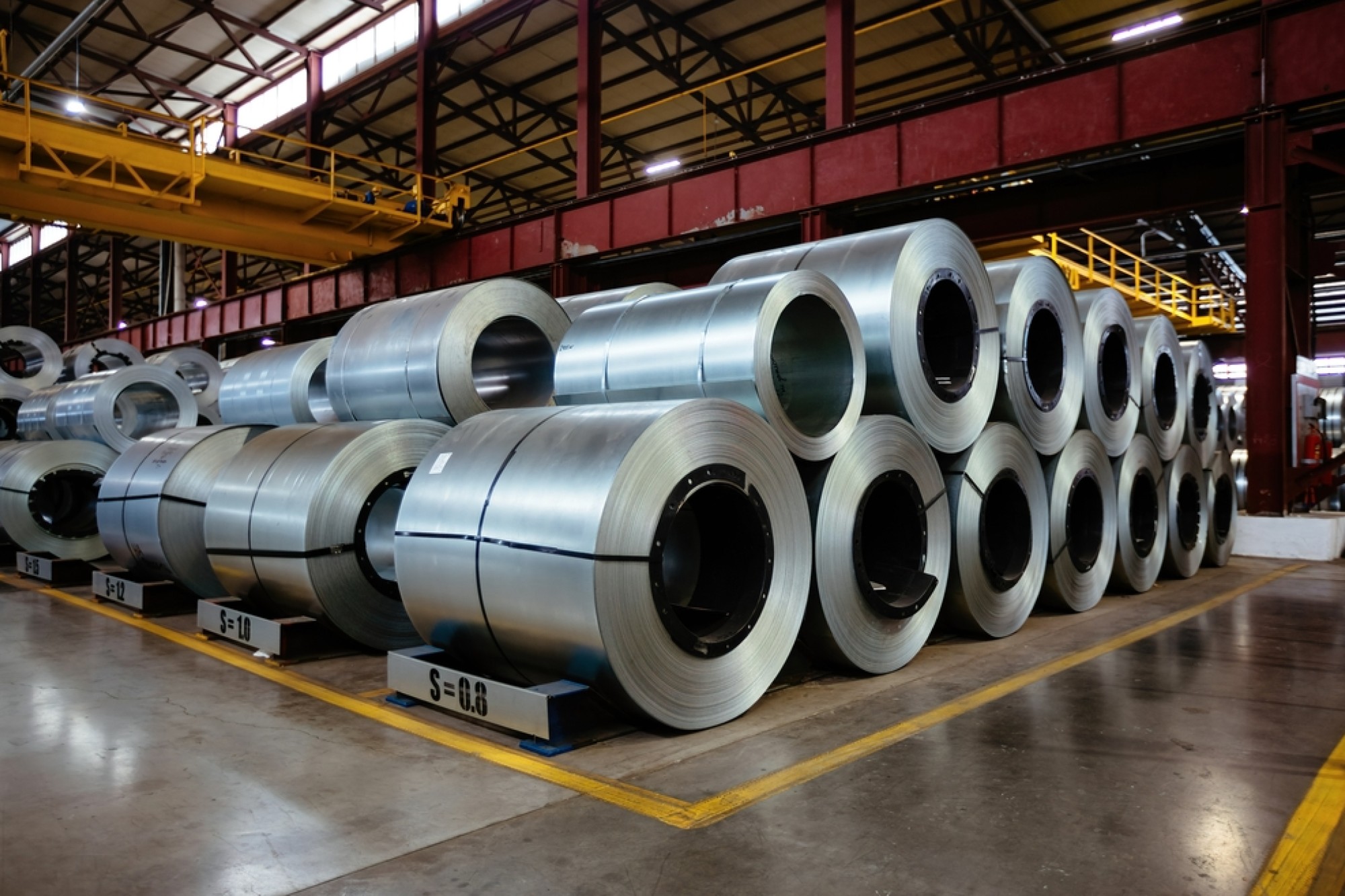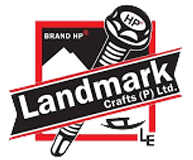PEB innovations for safe and sustainable warehousing
By Edit Team | June 11, 2024 6:05 pm SHARE

Pankaj Sharma, Director at Trilok Infracon Pvt Ltd, discusses the latest in sustainable warehousing and innovative PEB designs, smart technologies, and safety measures that are transforming the industry.
How are PEB technologies tailored for warehousing needs, such as maximising storage and optimising material handling?
Pre-engineered building technologies are well-suited for warehousing needs, offering flexibility, efficiency, and customisation tailored to specific requirements. In warehouses, PEB technologies excel at maximising storage and optimising material handling.
PEB structures can be designed with wide clear spans to maximise storage, eliminating internal columns and creating more usable floor space. This allows for better layout and storage optimisation. Moreover, higher ceilings in PEB warehouses enable vertical storage solutions such as multi-tier racking and automated storage and retrieval systems (ASRS), further maximising storage capacity.
Another key aspect is optimising material handling. PEB warehouses can be designed with layouts that enhance the flow of goods, reducing handling time. Well-planned receiving, storage, and dispatch areas contribute to efficient workflows.
Regarding environmental and operational efficiency, PEBs offer natural lighting and ventilation options, such as skylights, ventilators, and energy-efficient lighting solutions. Proper insulation maintains optimal temperatures, reducing energy consumption for heating or cooling.
Safety and durability are paramount considerations. PEB warehouses can be designed with fire-resistant materials and integrated fire suppression systems, ensuring the safety of stored goods. High-quality steel and precision engineering guarantee structural integrity, enabling PEB warehouses to withstand heavy loads and adverse weather conditions, ensuring long-term durability.
What eco-friendly design features and materials are PEB manufacturers using in warehouses?
In the search for sustainable and energy-efficient warehouses, modern design practices are evolving to incorporate eco-friendly elements and materials. These innovations are tailored to enhance environmental sustainability while optimising operational efficiency.
Insulated panels, notably Insulated Metal Panels (IMPs), offer superior thermal insulation, curbing the need for excessive heating and cooling. This conserves energy and slashes operational costs, contributing to long-term sustainability.
Cool roofing systems, incorporating reflective materials, play a pivotal role in maintaining comfortable indoor temperatures. By deflecting sunlight and minimising heat absorption, these systems markedly reduce the need for air conditioning, fostering energy efficiency within warehouse spaces.
Natural lighting and ventilation solutions, such as skylights, light tubes, ventilators, and louvres, harness the power of daylight and optimise airflow. These features diminish reliance on artificial lighting and mechanical ventilation systems and promote a healthier indoor environment.
Renewable energy integration, particularly through the deployment of solar panels, further advances sustainability objectives. By harnessing solar energy, warehouses can secure a renewable power source, diminishing reliance on grid electricity and mitigating environmental impact.
Incorporating recycled and sustainable materials, including recycled steel, underscores a commitment to responsible resource utilisation. By reducing the demand for new steel production and minimising the carbon footprint, PEB manufacturers demonstrate their dedication to sustainable construction practices.
By integrating these eco-friendly design elements and materials, PEB manufacturers are pioneering the creation of warehouses that meet contemporary energy efficiency standards and uphold environmental stewardship, ensuring a sustainable future for all.

How do PEB structures adapt to changing warehouse requirements and expansion needs?
Pre-engineered building structures are designed to seamlessly adapt to evolving warehouse requirements and expansion needs. Their inherent flexibility lies in various facets of their design. Their modular design is characterised by prefabricated components, allowing for easy assembly and disassembly. This modular approach streamlines adjustments, enabling swift modifications to suit changing demands.
Additionally, PEB systems offer customisable layouts, allowing quick adaptation to shifting warehouse needs. Whether expanding storage capacity or reorganizing internal spaces, PEB structures can be tailored to specific requirements as they evolve. Thanks to PEBs’ modular nature, the construction process is quick and efficient. This efficiency translates to reduced construction timelines and minimal on-site work, ensuring rapid expansions with minimal disruption to ongoing operations.
Expanding or modifying PEB structures is inherently more cost-effective than traditional construction methods. By efficiently utilising materials and labour, PEBs offer practical solutions for accommodating growth while managing costs effectively. The structural flexibility of PEB structures, often featuring clear-span designs without internal columns, promotes internal space adaptability. This flexibility facilitates easy reconfiguration for different purposes, supporting dynamic warehouse operations.
PEB structures provide a versatile and efficient solution for addressing evolving warehouse needs. Their adaptability empowers businesses to respond swiftly to growth opportunities while maintaining cost-effectiveness and operational efficiency.
How are PEB warehouses integrating smart technologies for better inventory management?
Smart technologies are revolutionising inventory management in PEB (Pre-Engineered Building) warehouses, paving the way for enhanced operational efficiency and cost reduction.
Internet of Things (IoT) Sensors take the lead in real-time tracking. They are placed strategically on shelves, bins, and pallets to provide live updates on inventory levels and movements within the warehouse. They also monitor environmental conditions crucial for storing sensitive goods, ensuring optimal storage conditions.
RFID and Barcode Systems automate identification and tracking processes, minimising errors and expediting inventory tracking. This technology streamlines stock-taking, enabling handheld scanners and fixed readers to swiftly update inventory records in real time.
Warehouse Management Systems (WMS) serve as the nerve centre, integrating IoT devices, RFID, and barcode systems into a centralised platform. This facilitates seamless management of all warehouse operations, from receiving and storage to picking, packing, and shipping.
Automated Storage and Retrieval Systems (ASRS) elevate efficiency and accuracy through automated systems like conveyors, carousels, and robotic shuttles. This reduces labour costs and minimises human errors in inventory handling.
Drones and Autonomous Vehicles bring a futuristic touch to inventory audits. Equipped with cameras and sensors, drones conduct swift inventory audits by scanning barcodes and RFID tags from above, providing accurate inventory counts in a fraction of the time. Integrating smart technologies in PEB warehouses heralds a new era of efficiency and precision in inventory management, propelling businesses towards greater success and competitiveness.
For more information, visit: https://www.triloksteel.com/
Cookie Consent
We use cookies to personalize your experience. By continuing to visit this website you agree to our Terms & Conditions, Privacy Policy and Cookie Policy.






































































